When people think of camelids, camels and llamas usually come to mind. However, the camelid family is far more diverse than that. It includes not only the familiar dromedary and Bactrian camels but also South America's llamas, alpacas, guanacos, and vicuñas, as well as the rare wild Bactrian camel.
Although some sources mention only six species of camelids, scientists have confirmed that there are actually seven living species, each with shared characteristics and unique adaptations. This article explores what camelids are, their biological traits, and the seven distinct species that roam various parts of the world today.
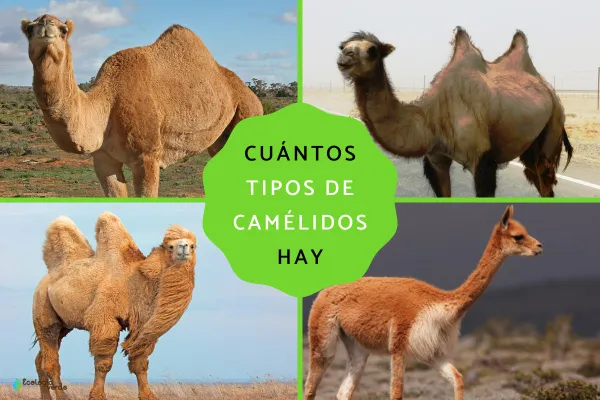
Camelids belong to the order Artiodactyla (even-toed ungulates), but they are unique in that they lack hooves—unlike cows, deer, or giraffes. Instead, they have two toes on each foot, each ending in a small toenail, and soft, padded soles that help them walk on sand, snow, and rocky terrain.
Soft, flexible footpads: These pads can move sideways for better traction on unstable ground.
Strong knee muscles: Allow them to kneel while resting.
Specialized teeth and lips: Their mouths have a diastema (gap between canine and premolars), reduced incisors, and a split upper lip for catching mucus and conserving water.
Oval red blood cells: A rare feature that helps them survive at high altitudes and in low-oxygen environments.
Three-chambered stomach: Unlike cows with four chambers, camelids have three, but they also ruminate and regurgitate food for digestion.
Herbivorous diet: Mostly grasses and low-growing vegetation.
Spitting as defense: Llamas, alpacas, and camels famously spit to deter threats or assert dominance.
Camelids are generally grouped into three genera: Camelus (camels), Lama (llamas and guanacos), and Vicugna (alpacas and vicuñas). Let’s explore each of the seven species.
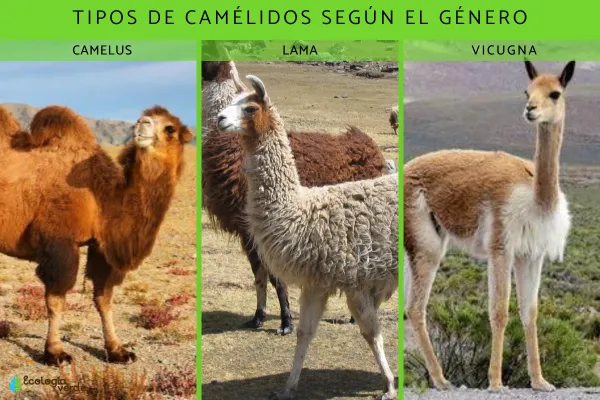
The dromedary, or Arabian camel, is easily identified by its single hump, which stores fat for energy during periods of food scarcity. Native to the Middle East, dromedaries are fully domesticated and thrive in hot, arid deserts. Their ancestors likely originated from Asia or the Arabian Peninsula. Dromedaries are highly sensitive to cold and humidity, making dry deserts their preferred habitat.
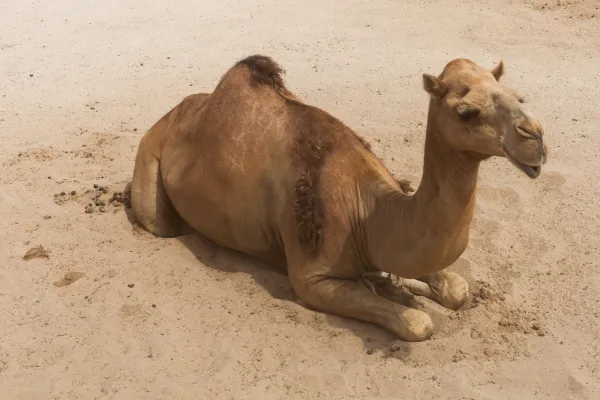
The wild Bactrian camel is the only truly wild camel species left today. It has two humps, unlike its domesticated cousin, and lives in the remote Gobi Desert across Mongolia and China. This diurnal species avoids predators by resting in open areas at night. Due to habitat loss, it has been classified as Critically Endangered by the IUCN since 2002.
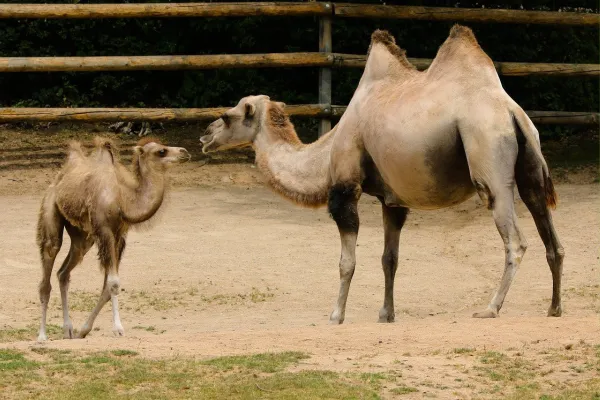
The domesticated Bactrian camel is incredibly resilient to extreme climates, surviving summer heat up to 40°C and winter cold as low as -29°C. It has a thick coat to protect against both sun and frost. Its nostrils can close during sandstorms, and double eyelashes shield its eyes.
Bactrian camels can travel up to 50 kilometers per day and endure weeks without water or food. When they do drink, they can consume up to 100 liters in 10 minutes. Some populations still exist in the wild, but most are domesticated.
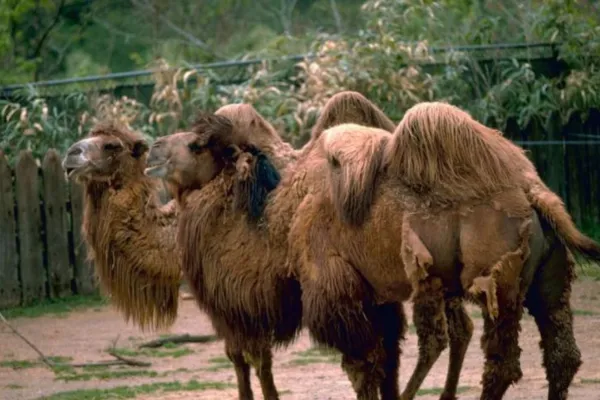
The vicuña is the smallest of all camelids and lives wild in the high-altitude grasslands of the Andes. It has long, slender legs, reddish-brown fur, and is highly valued for its extremely fine wool, prized since Inca times.
They are found mainly in Peru, but also in Bolivia, Ecuador, Chile, Colombia, and Argentina. Vicuñas form small herds led by a dominant male. When threatened, they emit a shrill whistle to alert the group.
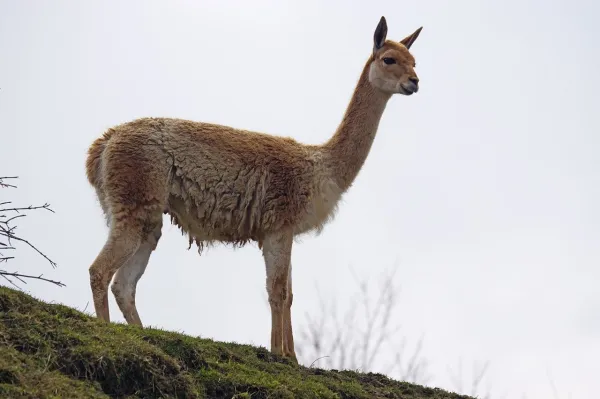
Alpacas are the domesticated descendants of the vicuña, bred by ancient Andean civilizations for their soft, warm wool. The word “alpaca” comes from the Quechua language, meaning “blond.”
They live in herds on the high Andean plateaus, especially in Peru and Bolivia, and measure between 75–90 cm tall. Unlike vicuñas, alpacas have wool-covered legs and dense neck fur, making them appear fluffier and more robust.
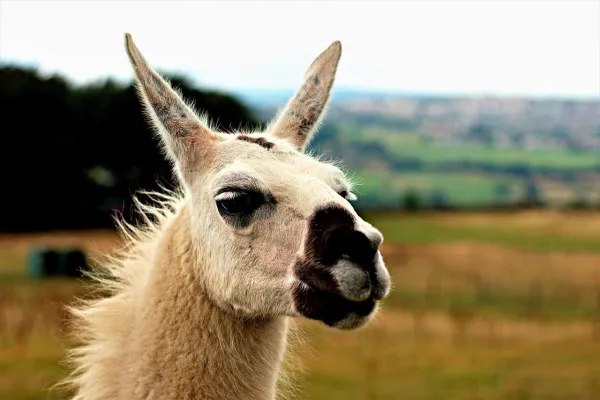
The guanaco is a wild South American camelid, considered the ancestor of the domesticated llama. It lives in the arid plains and mountains of Patagonia and the Andes. Its thick wool protects against the cold, while high hemoglobin levels in its blood support life at high altitudes.
Guanacos are fast and agile, with pointed ears and long limbs. They typically graze in open grasslands and are not domesticated.
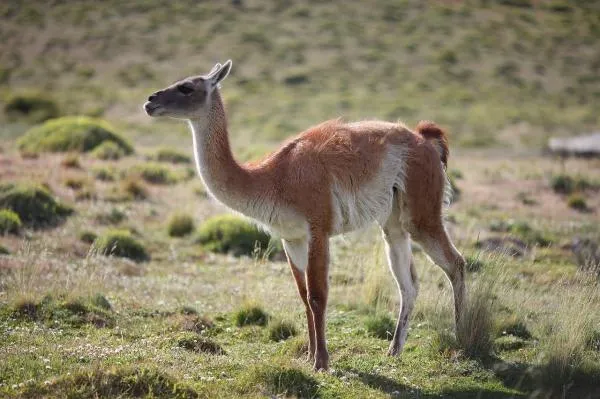
The llama is a fully domesticated species derived from the guanaco. Cultures throughout the Andes have used llamas for centuries as pack animals, thanks to their ability to carry loads over long distances with minimal water.
Llamas can reach 1.8 meters in height and are valued for their meat, wool, leather, and as working animals in Peru, Bolivia, Argentina, and Chile.
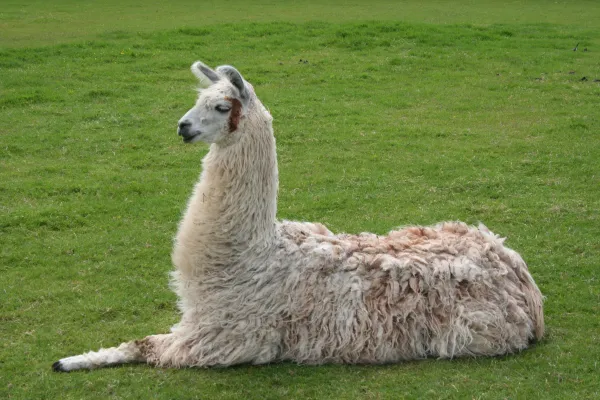
Camelids are a fascinating and diverse group of mammals adapted to some of the planet’s most challenging environments, from deserts to high mountains. With their unique physiology, ecological roles, and cultural significance across continents, these seven species showcase the remarkable adaptability of evolution.
If you'd like to learn more about wild animals and their habitats, visit our [Wildlife Encyclopedia] section for in-depth articles.
Bibliography
Naumann, R. (1999) Camelus dromedarius. Available at: https://animaldiversity.org/accounts/Camelus_dromedarius/
Encyclopaedia Britannica (2022) Vicuña. Available at: https://www.britannica.com/animal/vicuna
National Geographic (n.d.) Llama. Available at: https://www.nationalgeographic.es/animales/llama
Beatty, R., Beer, A., & Deeming, C. (2010). The Nature Book. Great Britain: Dorling Kindersley.
animal tags: Camelids
We created this article in conjunction with AI technology, then made sure it was fact-checked and edited by a Animals Top editor.